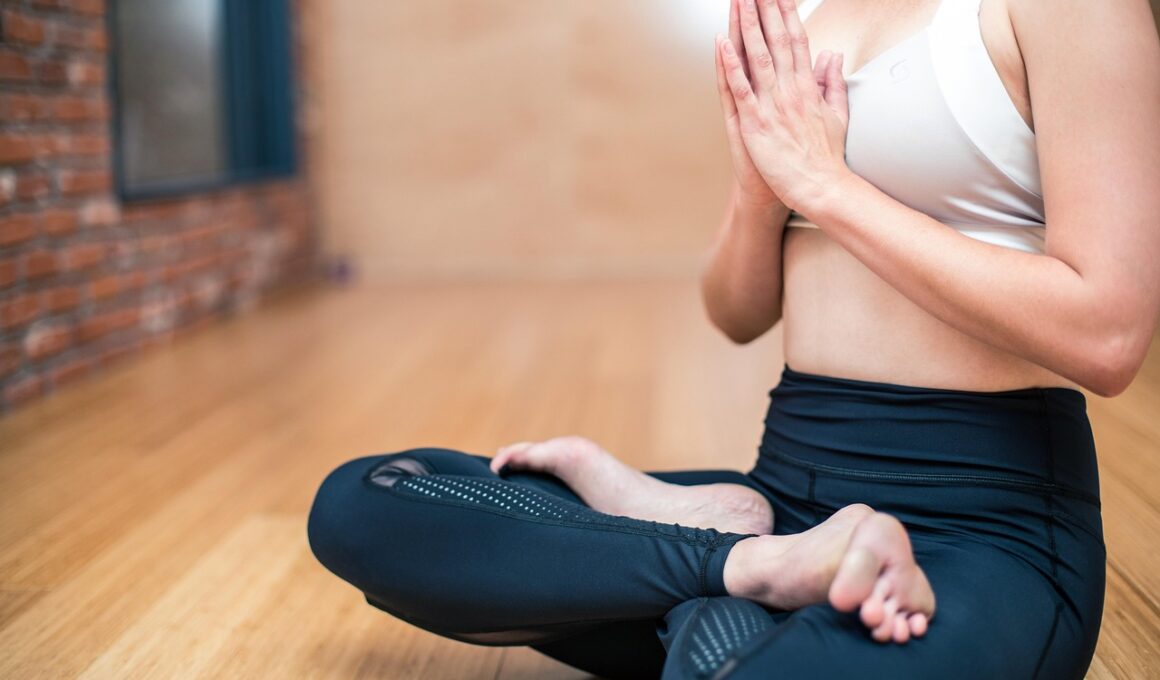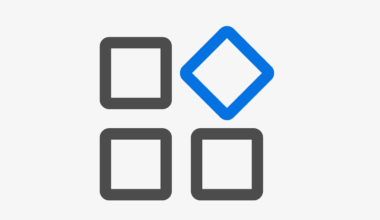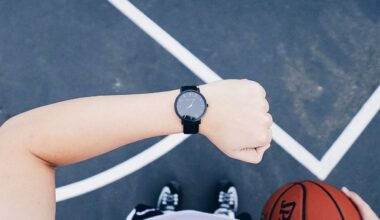Fundamental Pilates Exercises for Beginners
Pilates is a physical fitness system that aims to improve bodily strength, flexibility, and posture through controlled movements. For beginners, it can be both exciting and intimidating at the same time. Understanding fundamental Pilates exercises can help you build a strong foundation for your practice and even enhance your overall fitness. A consistent Pilates routine can lead to improved core strength, enhanced body awareness, and better overall alignment. One of the most essential aspects of Pilates is its focus on control and precision. Therefore, having a proper understanding of the fundamentals is crucial. Many exercises can be adapted for every level, making it accessible for beginners while also providing challenges for more advanced practitioners. Learning these basic movements will not only help you get more out of your Pilates sessions but can also benefit activities in your daily life. Embrace the learning process and focus on technique rather than striving for perfection right away. Above all, enjoy your journey in discovering the art of Pilates. Throughout this article, we’ll explore the best fundamental Pilates exercises tailored specifically for beginners.
The Hundred
The Hundred is one of the foundational exercises in Pilates that targets the core, promotes blood circulation, and warms up the body. To perform The Hundred effectively, lie on your back and draw your knees toward your chest. Lift your head, neck, and shoulders off the mat while extending your legs at a 45-degree angle. Engage your core as you pump your arms up and down alongside your body. Inhale for five pumps and exhale for five pumps, counting to a hundred total. It’s important to keep your core engaged throughout the movement to ensure stability. As a beginner, take your time to focus on the rhythm of your breathing as well as the movements. Keep your body relaxed, avoiding excessive tension in your neck and shoulders. If you find it challenging at first, you can modify the exercise by bending your knees or raising them higher. Practicing The Hundred regularly will enhance your core stability and prepare you for more complex movements. Remember, coordination and control are key, so maintain concentration on each aspect of the exercise.
Roll Up is another essential Pilates exercise that not only strengthens the abdominal muscles but also promotes flexibility in the spine. To begin, lie down flat on your back with your legs extended and arms reaching overhead. Inhale deeply as you prepare, engaging your core. As you exhale, slowly lift your head, shoulders, and spine off the mat while reaching your arms forward. The goal is to articulate your spine off the ground, one vertebra at a time, until you are in a seated position. From the top, reverse the motion by rolling back down, ensuring to keep the control throughout the movement. Avoid gripping your neck or using momentum; this exercise requires deliberate effort and focus. For beginners, you can bend your knees slightly to ease into the roll-up. Performing this exercise enhances your spinal flexibility while also strengthening the core muscles, providing superb benefits for both your Pilates routine and daily activities. Remember to breathe throughout the movement to maintain rhythm. Regular practice of Roll Up can lead to improved mobility and overall body control.
Single Leg Circles
The Single Leg Circles exercise primarily improves hip mobility and core stability. Starting on your back with one leg extended on the mat and the other leg lifted toward the ceiling, ensure a proper alignment of the pelvis. Keeping your shoulders relaxed, draw circles with the raised leg while maintaining control of your core. It’s essential to keep the hips stable and avoid rocking side to side during the circles. Inhale as you draw the leg across your body and exhale as you open it outwards. Complete five circles in each direction before switching legs. Focus on making small, controlled movements rather than large ones to maximize the benefits of this exercise. For beginners, if you find it difficult to stabilize, rest your other leg on the mat for support. Over time, you’ll notice enhanced hip flexibility as well as improved core strength. This foundational exercise is great for getting acquainted with the Pilates concepts of stability and precision. As you progress, challenge yourself with larger circles while maintaining control throughout the movement.
Spine Stretch Forward strengthens the spine while enhancing flexibility and reinforcing the principles of control and flow in Pilates. Begin seated with your legs straight in front of you and feet hip-width apart, ensuring your spine is tall and aligned. Take a deep breath in, reaching your arms forward as you elongate your spine. As you exhale, hinge from your hips and slowly reach forward, keeping your back straight and avoiding rounding your spine. Feel the stretch through the lower back and hips as you aim to keep the shoulders relaxed away from the ears. Hold the position momentarily before returning to the starting position. Repeat this movement for about five to eight repetitions, focusing on proper alignment and breathing throughout. This exercise is not only fantastic for flexibility but also helps develop mindfulness as you connect your body with your breath. Incorporating the Spine Stretch Forward into your routine can increase overall body awareness and improve your posture. Over time, you may also find it helps with relieving tension in your lower back, a common area of discomfort.
Plank
The Plank is a fundamental exercise that builds core strength while engaging multiple muscle groups. To set up, position yourself on your hands and toes, ensuring that your body forms a straight line from head to heels. Your hands should be aligned under your shoulders, and your core must be tight to support your body. Keep your elbows slightly bent and your neck neutral to prevent strain. Hold this position for a count of 30 seconds to one minute, breathing steadily throughout the hold. If you’re unable to maintain good form for the desired time, it’s perfectly acceptable to drop to your knees while keeping your pelvis tucked. Over time, you can gradually increase your duration and builds up to the full plank. This exercise is perfect for novices, as modifications make it accessible. The Plank strengthens not only the core but also the arms, shoulders, and legs, making it an excellent all-around exercise. Integrating the Plank into your routine will pave the way for more advanced movements in Pilates. Remember to prioritize quality of movement over quantity to reap the full benefits.
Lastly, we have the Side-Lying Leg Lifts, which enhance hip stability and strengthen the outer thighs. To perform this exercise, lie on one side with your legs stacked on top of one another. Keep your bottom arm extended beneath your head for support, and place your top hand on your hip or in front of your chest. Inhale deeply, engaging your core as you exhale and lift your top leg towards the ceiling while keeping it straight. Focus on controlled movements and avoid rocking your hips. Lower the leg back down with control to complete one repetition. Aim for eight to ten repetitions before switching sides. Make sure to keep your hips stable and aligned during the exercise. For beginners, it’s important to engage your core to help maintain balance, preventing excessive tension in the neck or lower back. Regular practice of Side-Lying Leg Lifts will not only tone the outer thighs but can also improve general hip mobility and stability. It’s a valuable addition to any beginner-focused Pilates routine, contributing greatly to your overall fitness journey.
Conclusion
In summary, exploring fundamental Pilates exercises is an excellent way for beginners to cultivate strength, flexibility, and body awareness. By incorporating these exercises into your daily routine, you set the groundwork for effective and rewarding practice. Remember, the key to success in Pilates is patience and consistency; everybody progresses at their own pace. You may start to notice improvements in your core strength and posture over time. Always listen to your body and modify exercises as needed to meet your personal comfort and capability. Focus on the quality of each movement rather than rushing through repetitions; this method will lead to better results. Working with a Pilates instructor can also provide invaluable guidance, especially for beginners. As you advance, consider exploring more complex Pilates movements that can challenge your mastery of the basics. Continue to nurture your practice and embrace the journey. Pilates is not just an exercise; it is an opportunity for personal growth and self-awareness. Enjoy your exploration of these fundamental exercises and celebrate each progress made during your Pilates journey.


